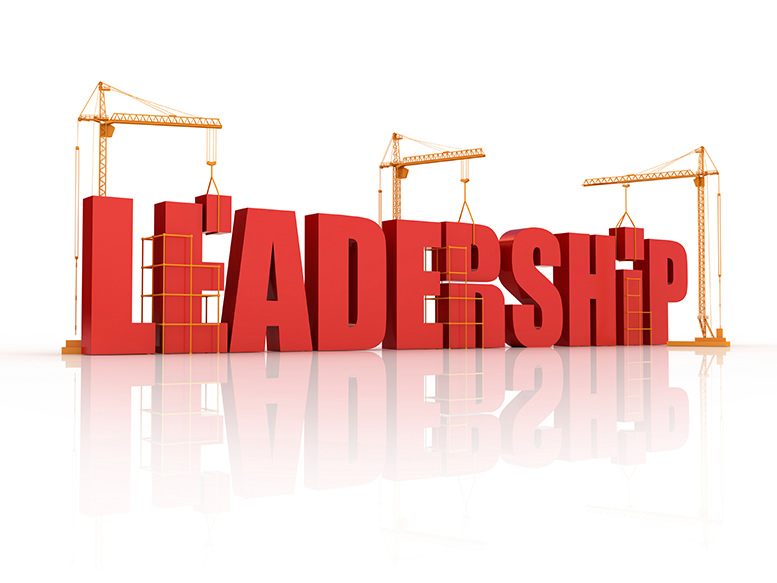Eighty-four percent of organizations anticipate a shortfall of leaders in the next five years, according to a State of Leadership Development report by Brandon Hall. And a nearly equal number (83%) say that it’s important to develop leaders at all levels.
Yet here’s the thing. Only 5% have actually implemented leadership development at all levels. In fact, the biggest chunk of money spent on leadership development goes toward senior leaders and executives, instead of to those who need it most – first time, frontline leaders. All too often these new leaders are put in a “sink or swim” situation, thrown into the deep end of leading a team and left to figure out for themselves how to stay afloat.
This is both unfair to the new leader and detrimental to the organization.
Most people are promoted into their first leadership role as a result of their high performance as an individual contributor and/or because of their technical skills. Yet what helped them succeed as an individual will not necessarily contribute to their success as a people leader – where the challenges and responsibilities require a different set of skills. Without some sort of leadership development early on in their transition from individual performer to leader, new leaders may simply mimic the behaviors of a leader they’ve had in the past, and not necessarily a good one. And those behaviors, once ingrained, are difficult to change.
A survey of HR leaders and practitioners conducted by the Human Capital Institute (HCI) found that “the sink or swim mindset toward new managers is ubiquitous.” In that survey, respondents were asked to rank the must-have skills for frontline managers in order of importance. Technical expertise was ranked 7th, preceded by:
Ethics and integrity
Communicates effectively
Drives for results/motivation to succeed
Flexibility/adaptability
Develops effective teams
Maintains relationships with internal stakeholders
While some of these skills might be inherent in a new leader, being able to apply them effectively while adapting to leading people requires coaching and support. People leaders need to learn how to identify individual strengths, motivators, skill gaps, personalities and how individuals work together as a team. They need to be accountable not just for their work but for the work of others. And they need support with the challenge that many internally promoted leaders face – transitioning from peer to leader.
New leader training needs to be a key component of every organization’s learning and development plan. And it should not be just a one-day event around policies, performance reviews and disciplinary actions. It needs to be structured in a way that gives participants time to apply their learning, receive feedback, and get the ongoing support necessary (mentoring, coaching) to grow into the next line of senior leaders and executives.
Managers account for at least 70% of the variance in employee engagement. Gallup estimates that actively disengaged employees cost the U.S. $483 billion to $605 billion each year in lost productivity.
One last startling factoid for you from that Brandon Hall Report: More money is spent on leadership development than any other area of corporate training, yet 71% of organizations do not feel their leaders are able to lead their organization into the future.
Doesn’t it make sense to take the time to effectively develop leaders from the very beginning?
Till next time,
Karen









